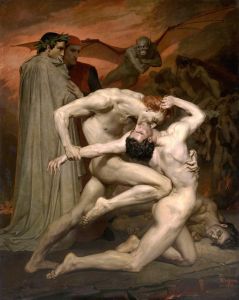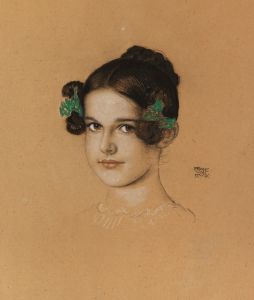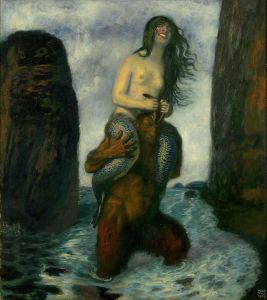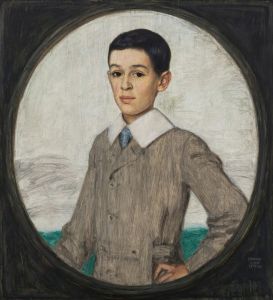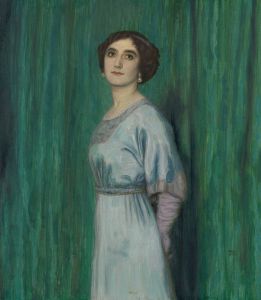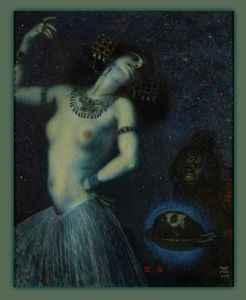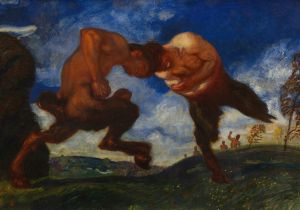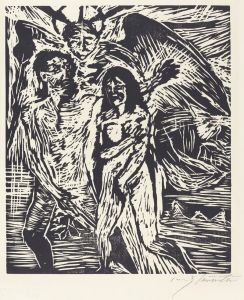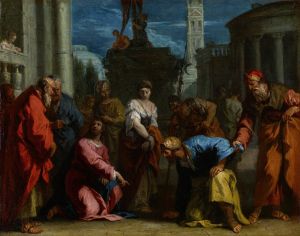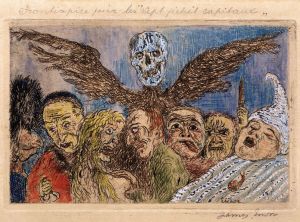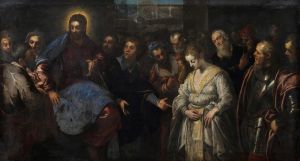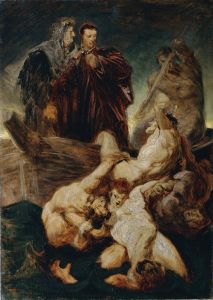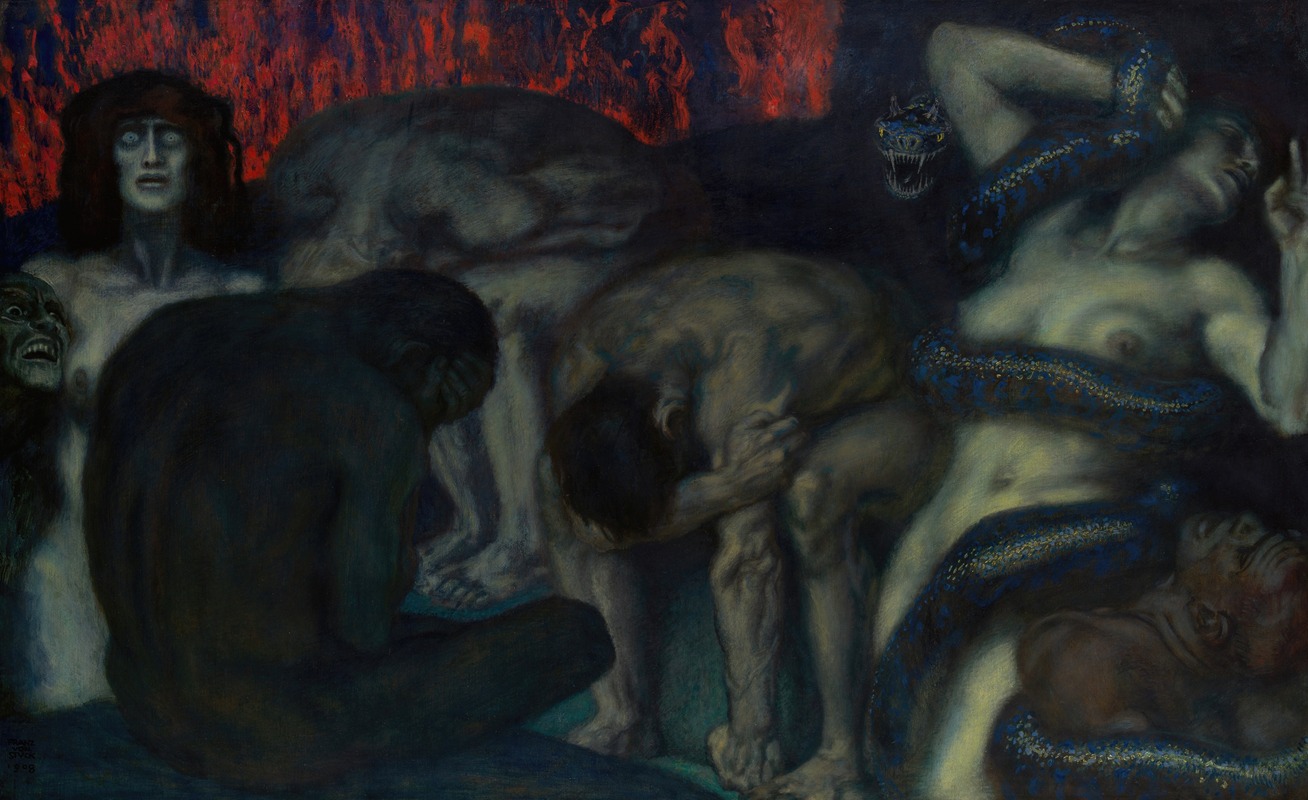
Inferno
A hand-painted replica of Franz von Stuck’s masterpiece Inferno, meticulously crafted by professional artists to capture the true essence of the original. Each piece is created with museum-quality canvas and rare mineral pigments, carefully painted by experienced artists with delicate brushstrokes and rich, layered colors to perfectly recreate the texture of the original artwork. Unlike machine-printed reproductions, this hand-painted version brings the painting to life, infused with the artist’s emotions and skill in every stroke. Whether for personal collection or home decoration, it instantly elevates the artistic atmosphere of any space.
Franz von Stuck's "Inferno" is a notable work by the German symbolist painter, who was a prominent figure in the Munich Secession movement. Stuck, born in 1863 in Bavaria, was known for his mythological and allegorical subjects, often infused with a dark, mysterious aura. His work "Inferno" reflects these themes, drawing inspiration from classical literature and the human condition.
"Inferno" was created during a period when Stuck was deeply engaged with themes of mythology and existential struggle. The painting is often associated with Dante Alighieri's "Divine Comedy," specifically the "Inferno" section, which describes the poet's journey through Hell. Stuck's interpretation captures the torment and chaos of the underworld, a common theme in his oeuvre, which frequently explored the darker aspects of human nature and the supernatural.
The composition of "Inferno" is marked by its dramatic use of light and shadow, a technique that Stuck mastered to evoke emotion and tension. The figures in the painting are depicted in dynamic poses, often twisted in agony or despair, reflecting the suffering and punishment described in Dante's narrative. Stuck's use of color is also significant, with a palette that enhances the hellish atmosphere of the scene. Deep reds, blacks, and earth tones dominate the canvas, contributing to the sense of heat and turmoil.
Stuck's "Inferno" is a testament to his skill in blending classical themes with a modern sensibility. His work was influenced by the Symbolist movement, which sought to express the ineffable and explore the realms of dreams and the subconscious. This painting, like many of his others, invites viewers to contemplate the moral and philosophical questions posed by the depiction of Hell and its inhabitants.
Franz von Stuck was not only a painter but also a sculptor, architect, and teacher. His influence extended beyond his own creations, as he played a significant role in shaping the next generation of artists through his teaching at the Academy of Fine Arts in Munich. His home and studio, the Villa Stuck, became a cultural hub and is now a museum dedicated to his life and work.
"Inferno" is part of Stuck's broader exploration of human emotion and mythological themes, which can be seen in other works such as "The Sin" and "Lucifer." These paintings share a common thread of exploring the duality of human nature, the conflict between good and evil, and the consequences of moral choices.
Franz von Stuck's contribution to art is significant, as he helped bridge the gap between 19th-century Romanticism and 20th-century modernism. His works continue to be studied for their technical mastery and their ability to convey complex themes through visual art. "Inferno," with its vivid portrayal of the underworld, remains a powerful example of Stuck's artistic vision and his ability to capture the imagination of his audience.





